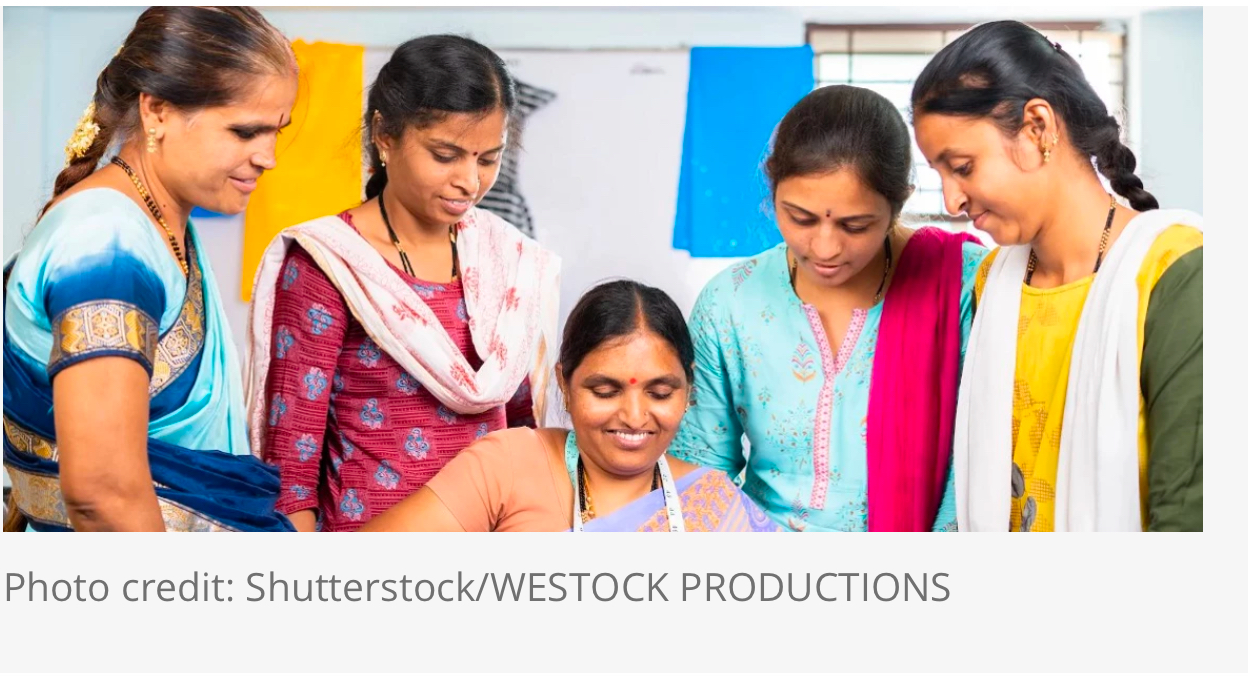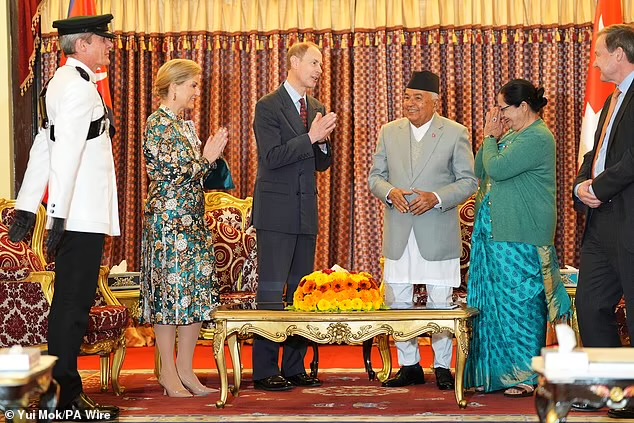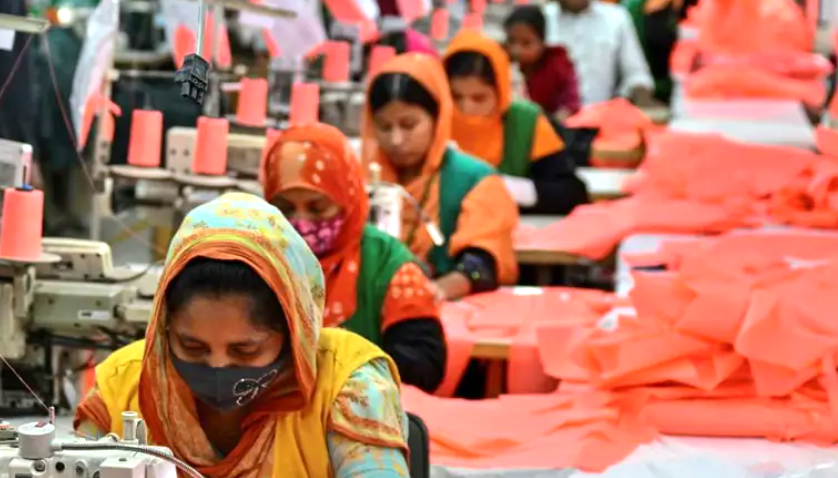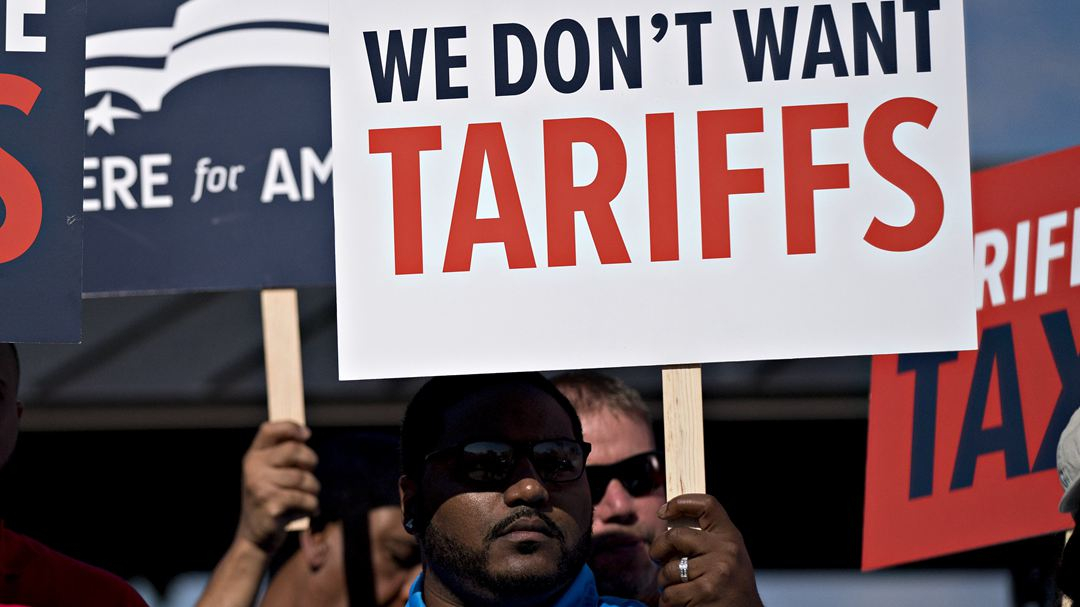Boosting Women’s Workforce Participation in South Asia: Challenges and Opportunities

South Asia continues to have one of the lowest female labour force participation rates in the world, with over 400 million working-age women outside the workforce.
This represents a significant loss in economic output. A recent conference co-hosted by the Centre for Social and Economic Progress (CSEP) and the World Bank examined ways to improve female workforce participation, highlighting key barriers and potential solutions.
Key Challenges
Women in South Asia face numerous obstacles to employment, including safety concerns, lack of professional networks, wage disparity, and limited skills training. Workplace harassment remains a major issue, particularly in sectors like Bangladesh’s garment industry. Improving harassment reporting mechanisms is a crucial first step toward safer workplaces.
Social networks play a vital role in job opportunities, but married women often struggle to build these connections. Digital technology and self-help groups, like those in India and Nepal, could help bridge this gap. Wage disparity is another pressing concern, with Indian women’s wages growing at less than half the rate of men’s, discouraging many from joining the workforce.
Potential Solutions
Training programmes in Nepal and Bangladesh have proven effective in increasing female entrepreneurship and career progression. Meanwhile, addressing hiring discrimination is essential, as studies show Pakistani women are less likely to be offered jobs with longer hours or evening shifts. Additionally, social norms remain a major barrier, discouraging women from seeking employment outside the home.
A Promising Shift
Despite these challenges, India’s female labour force participation has risen from 21.6% in 2018-19 to 35.6% in 2023-24. However, most of these jobs are unpaid or self-employed roles in rural areas, indicating a need for higher-quality employment opportunities.
Experts stress that meaningful change requires a society-wide effort. History shows that once female employment gains momentum, it creates lasting economic and social transformation.

















Facebook Comments